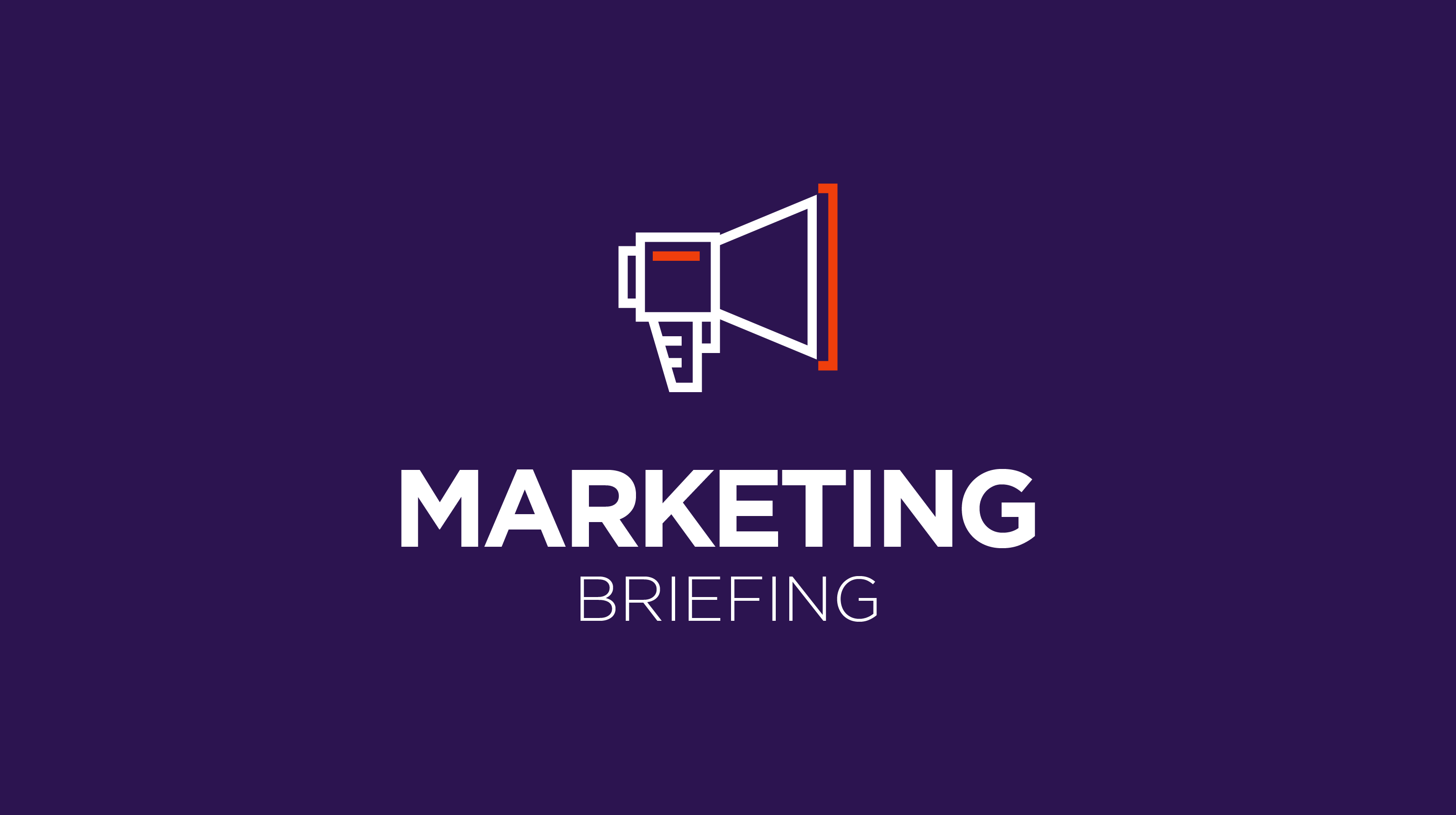Member Exclusive, Modern Marketing
Marketing Briefing: Bank marketing during a time of financial uncertainty
- How should banks go about showing their support during a time of financial distress? Marketing veteran Ruth Danielson dives into the nitty-gritty
- Meanwhile, McKinsey releases some research on how banks can ace this whole personalization game








